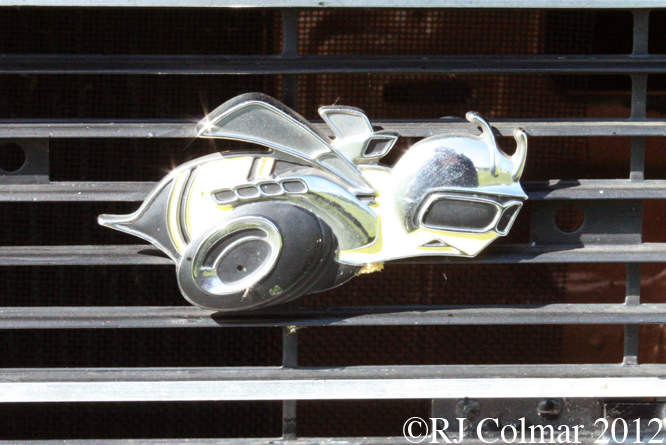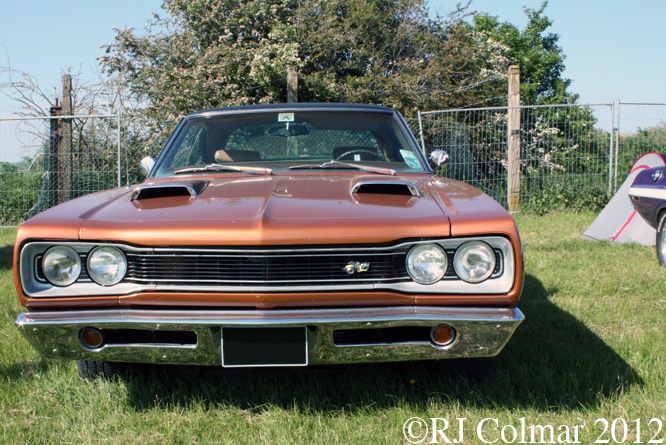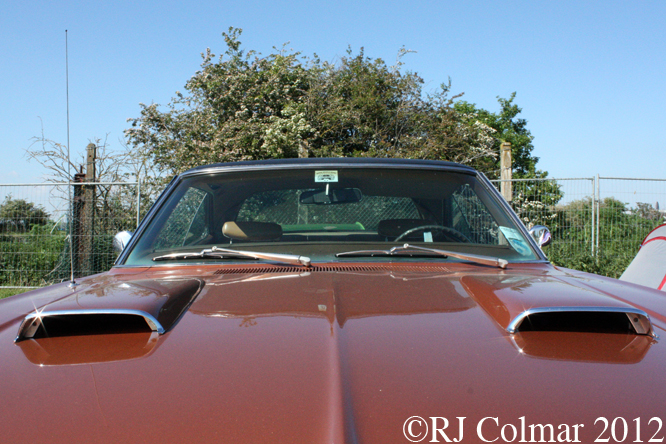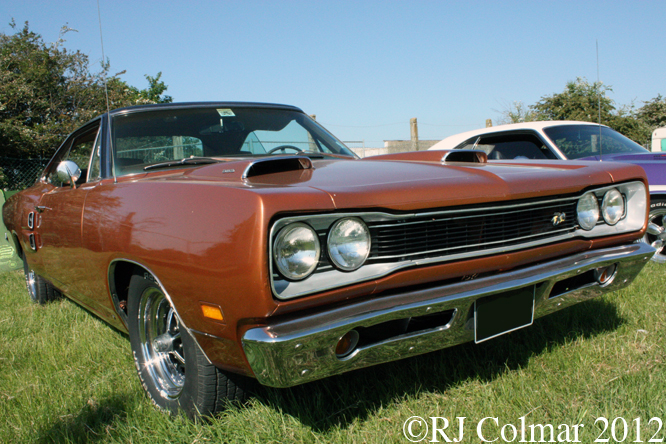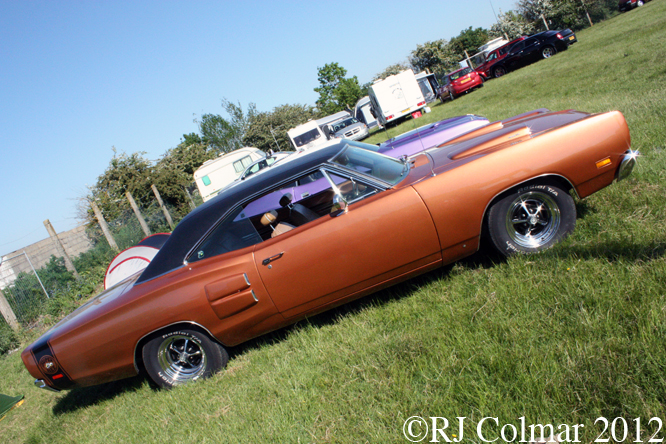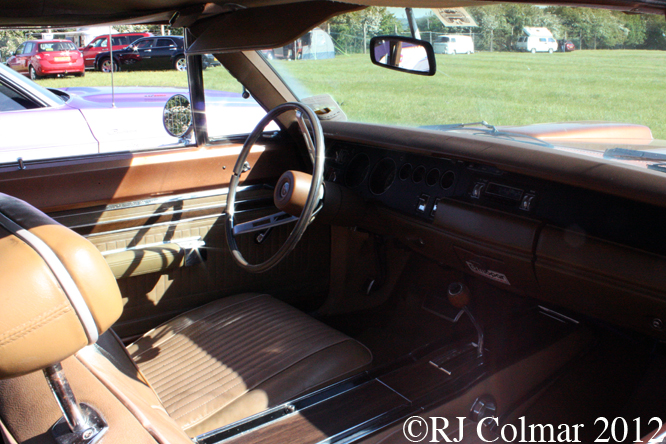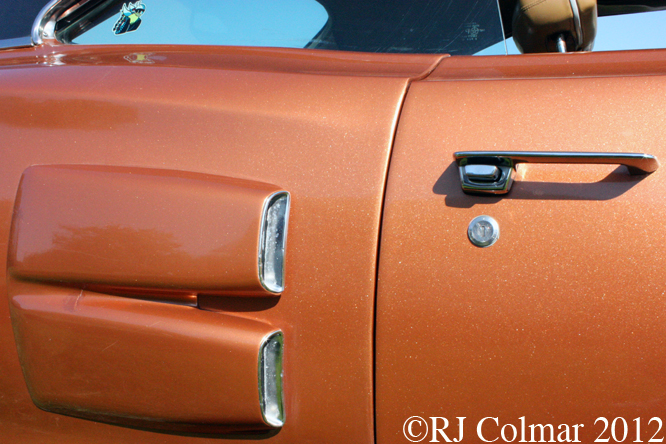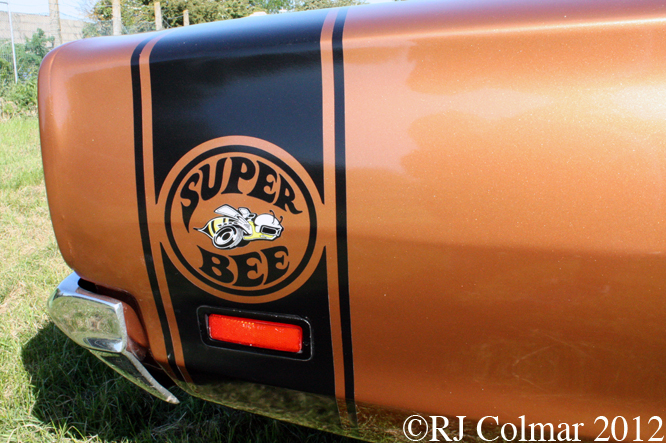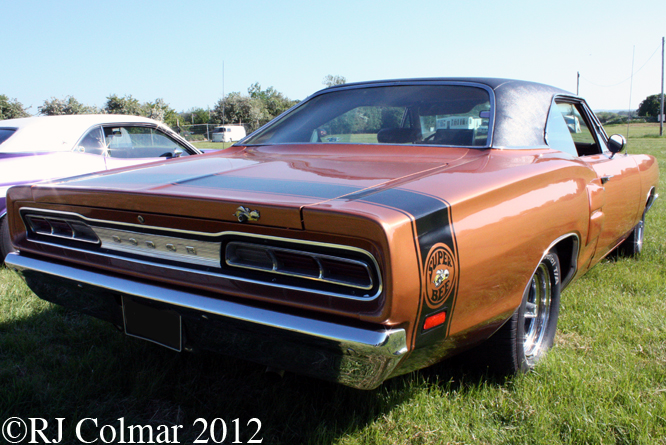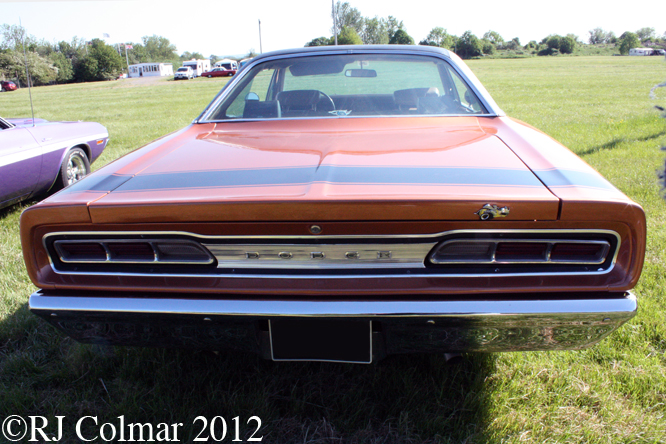Anyone passing through Pendine in Camarthenshire might miss the relevance to the checkered flags on the head board of Sunbeam Dinner.
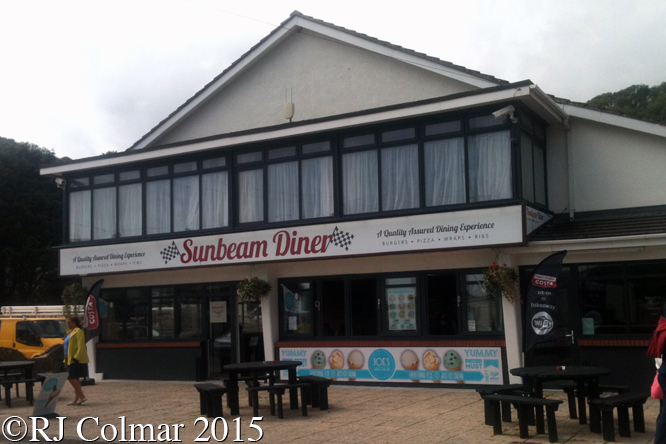
However if they were to turn left before the Dinner and go through to the small beach car park like the couple in the 1909 Alldays below …
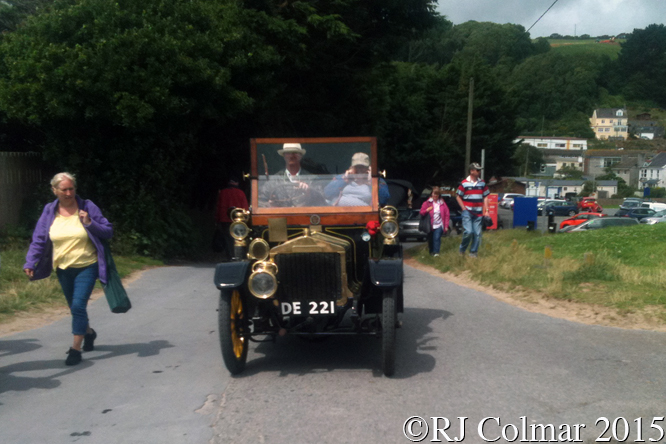
… they might notice the Museum of Speed, entry just £2.00 when BABS below is resident and free when she is not.
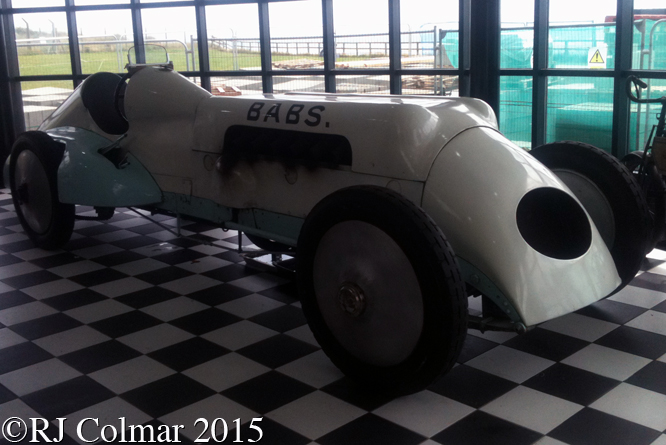
Regular readers may remember JG Parry-Thomas became the first man of land to travel at over 170mph when he set a new land speed record aboard BABS on the 7 mile beach at Pendine in April 1926.
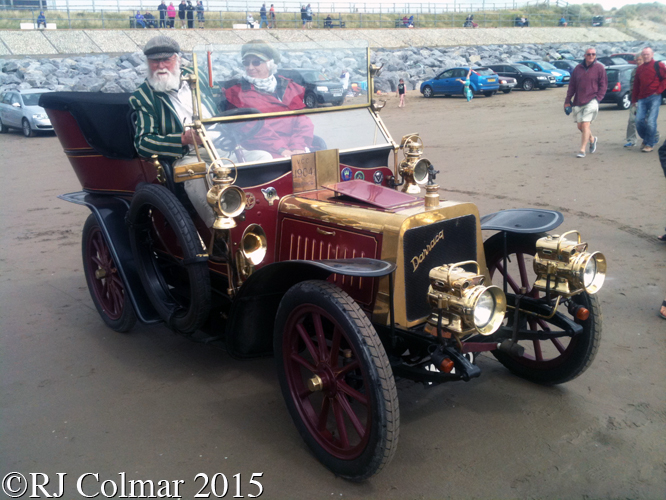
On July 21st this 1904 Darracq, builders of the first car to travel two miles in less than a minute, 1.9 Twin and all the other vehicles featured in today’s post gathered to celebrate the 90th Anniversary of the previous land speed record of 150.87 mph by Malcolm Campbell.

Like the 350hp Blue Bird Campbell drove in 1925 the 1930 3 litre heavy sports car above was made by Sunbeam.
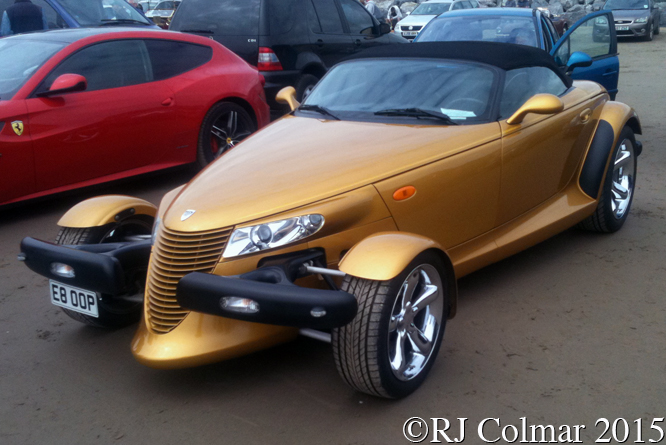
Sunbeam merged with Automobiles Darracq S.A. in 1920 to become Sunbeam Talbot Darracq shortly after Automobiles Darracq S.A. had themselves bought Clément-Talbot to sell Talbot Darracqs. In 1935 the triumvirate went into receivership only to be rescued by the Rootes Group owners of Hillman and Humber who created the new Sunbeam Talbot brand in 1938. Rootes sold a 30% stake to Chrysler who were attempting to establish a presence in Europe in 1964 which gives us a tenuous link to the 2002 Chrylser Prowler seen above.
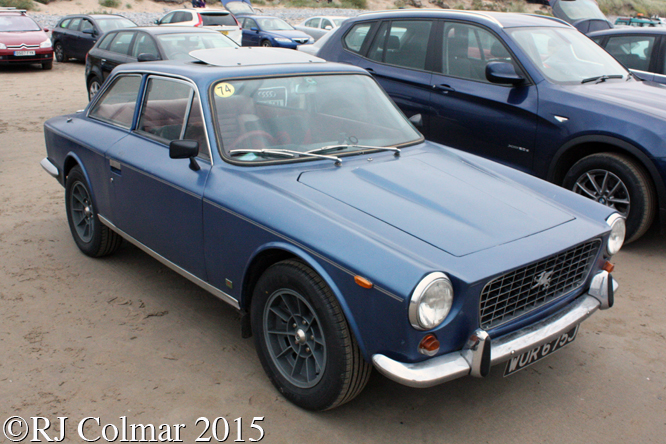
Adding another touch of local flavor in the car park was the 1971 Gilbern Invader built in nearby Pontypridd.
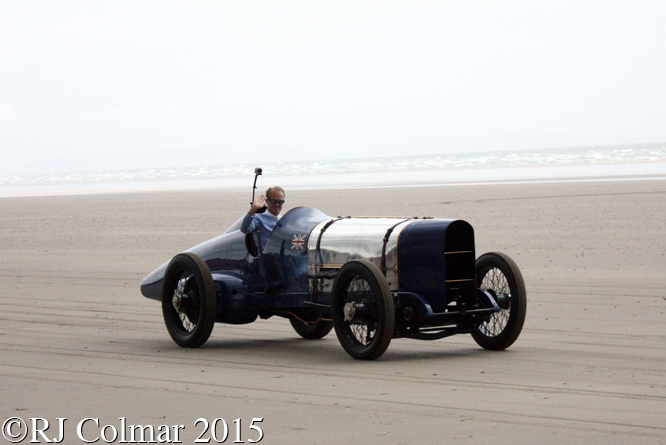
Above Sir Malcom Campbells Grandson Don Wales, a World Land Speed Record holder for steam powered vehicles, drives his Grandfathers Blue Bird which was built in 1920 when the car was known as the Sunbeam V12. After several unsuccessful attempts at claiming the Land Speed Record Malcolm Campbell bought the car, which now belongs to the National Motor Museum, in 1924 and turned it into a record breaker.
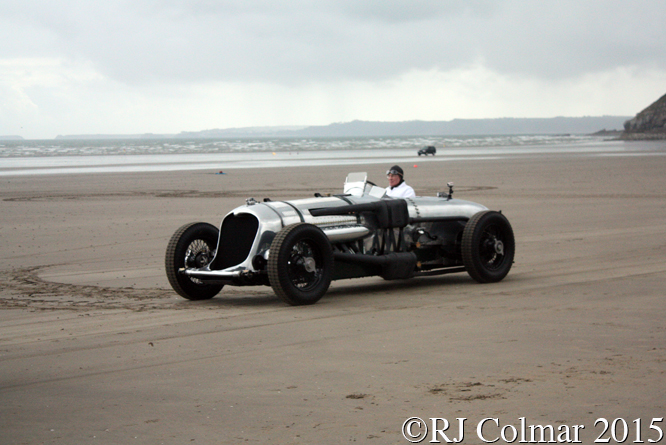
Also being demonstrated at Pendine was John Cobb’s Napier Railton seen above driven by the Brooklands Museum’s Director & CEO, Allan Winn. In 1950 the Napier Railton was given a new nose and windscreen and called Pandora for an appearance in the film Pandora and the Flying Dutchman staring Eva Gardener as Pandora, James Mason as the Flying Dutchman and Nigel Patrick as a would be land speed record breaker Stephen Cameron. It’s a lovely period flash back movie the trailer for which can be seen on this link, after Stephen pushed the Napier Railton off a cliff to prove his love to Pandora he rescues the car from the sea and restores it and sets an improbably high 200 mph plus record before the car catches fire and has to be driven into the sea to quench the flames. The scenes of the fictional record breaking were filmed at Pendine apparently with Dylan Thomas among the extra’s.
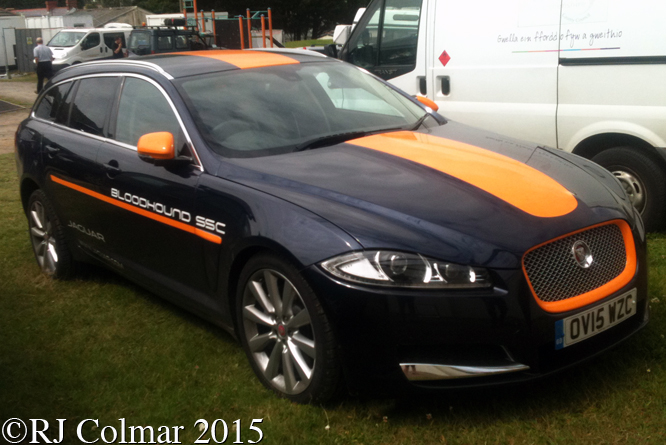
Finally this Jaguar XF Portfolio Sportbrake D in the car park was a reminder that Bristol’s own SSC Bloodhound team are making preparations on their own Supersonic World Land Speed Record attempt in South Africa in the not too distant future.
Thanks for joining me on this “Blue Bird & Pandora” edition of “Gettin’ a li’l psycho on tyres” I hope you will join me again tomorrow when I’ll be making the first of three visits to Hillsborough Concours d’Elegance. Don’t forget to come back now !


